How To Make Calendula Tea – Growing And Harvesting Calendula For Tea
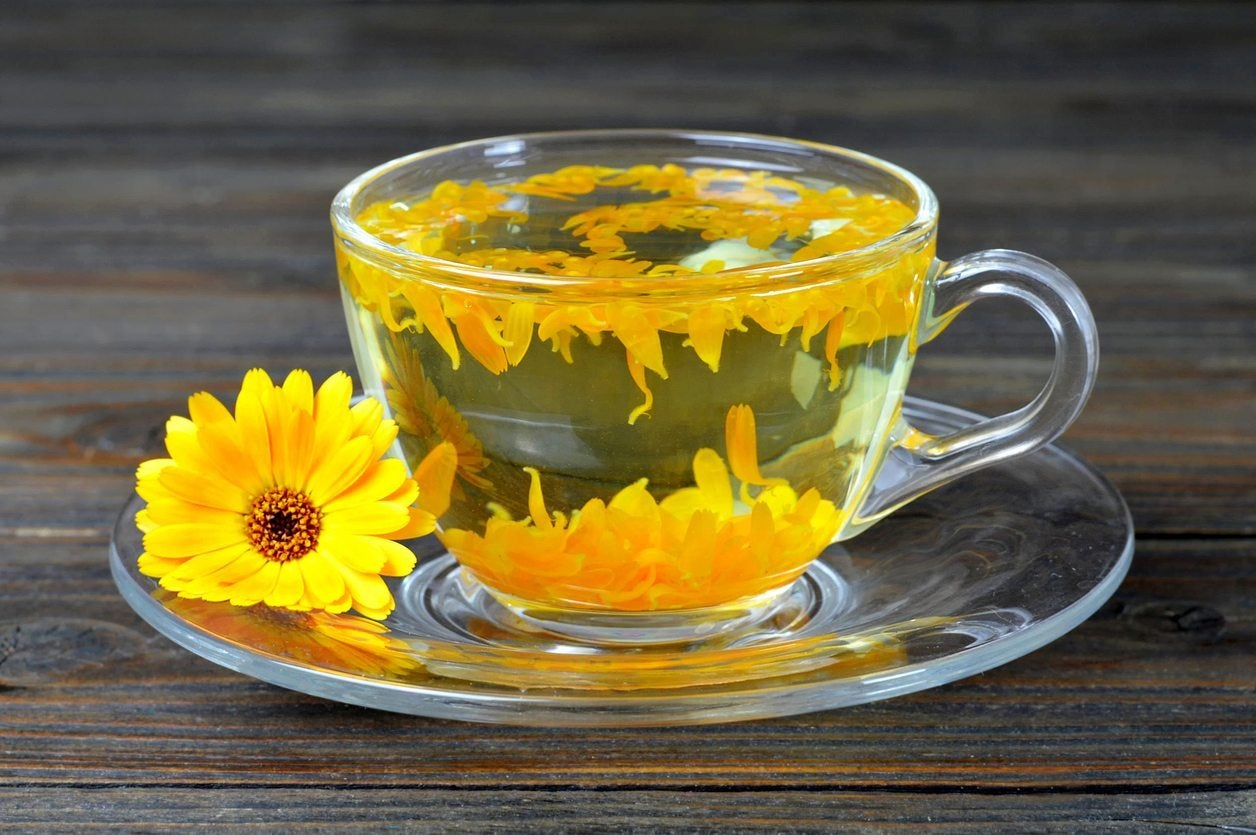

A calendula flower is so much more than just a pretty face. Yes, the bright yellow and orange pom-pom type flowers are bright and lovely, but once you learn about calendula tea benefits, you’ll have even more reasons too love this plant. If you are considering growing calendula for tea, read on. We’ll give you information about calendula tea benefits and also tips on how to make calendula tea.
Growing Calendula for Tea
Calendula (Calendula officinalis) are loved by gardeners for their vibrant orange and yellow flowers that brighten the back yard from the middle of summer until winter’s first breath. The blossoms send out a siren’s call to bees, hummingbirds, and butterflies. But many people are also growing calendula for tea. Tea made from calendula plants has properties just as exciting as the ornamental value of the plant. Calendula blossoms have long been renowned for their healing properties, and have been found useful for wounds, inflammations of the skin and mouth and sunburns. And the benefits of tea made from calendula are also remarkable. Tea made from calendula is said to soothe the swelling of internal mucous membranes. Sipping calendula tea may help heal gastric ulcers, congested lymph nodes, and sore throat. Some say that it can break a fever by causing a sweat.
How to Make Calendula Tea
The first step toward getting calendula tea benefits is harvesting the plants. Harvesting calendula for tea is like harvesting any other food crop. You need to take the plants at the right time and dry them the right way. Harvesting calendula for tea starts when the first flowers are in full bloom. Don’t wait until they fade. As you pick some, more will grow. As much as possible, act in the morning while the plants are perky. Cut or pinch off blossoms and stems, and leaves too, if you are short of flowers. All foliage seems to have the same healing properties. But flower blossoms are the prettiest. The next step in how to make calendula tea is to dry the harvested plant parts thoroughly. Spread them out on a dishtowel or newspaper in a dry indoor place that doesn’t get direct sun. Turn them from time to time. When the flowers are dry to the point of being crispy, remove the petals and store them away for tea. Add two teaspoons (10 mL.) of dried petals to one cup (240 mL.) of water. Bring it to a boil, then let the tea steep for 10 minutes.
Gardening tips, videos, info and more delivered right to your inbox!
Sign up for the Gardening Know How newsletter today and receive a free copy of our e-book "How to Grow Delicious Tomatoes".

Teo Spengler is a master gardener and a docent at the San Francisco Botanical Garden, where she hosts public tours. She has studied horticulture and written about nature, trees, plants, and gardening for more than two decades. Her extended family includes some 30 houseplants and hundreds of outdoor plants, including 250 trees, which are her main passion. Spengler currently splits her life between San Francisco and the French Basque Country, though she was raised in Alaska, giving her experience of gardening in a range of climates.
-
 Try The Trend – Turn Any Bed Into A Keyhole Garden With This Clever In-Ground Composter
Try The Trend – Turn Any Bed Into A Keyhole Garden With This Clever In-Ground ComposterKeyhole gardening is an efficient and sustainable practice that saves space. Get started on this DIY project quickly and easily with an in-ground composter.
By Bonnie L. Grant
-
 4 Superfast Composting Methods: Turn Waste Into Garden Gold In 30 Days Or Less
4 Superfast Composting Methods: Turn Waste Into Garden Gold In 30 Days Or LessTry the fastest composting methods to turbocharge your pile and transform kitchen scraps and garden waste into finished compost in just a few weeks.
By Mary Ellen Ellis
-
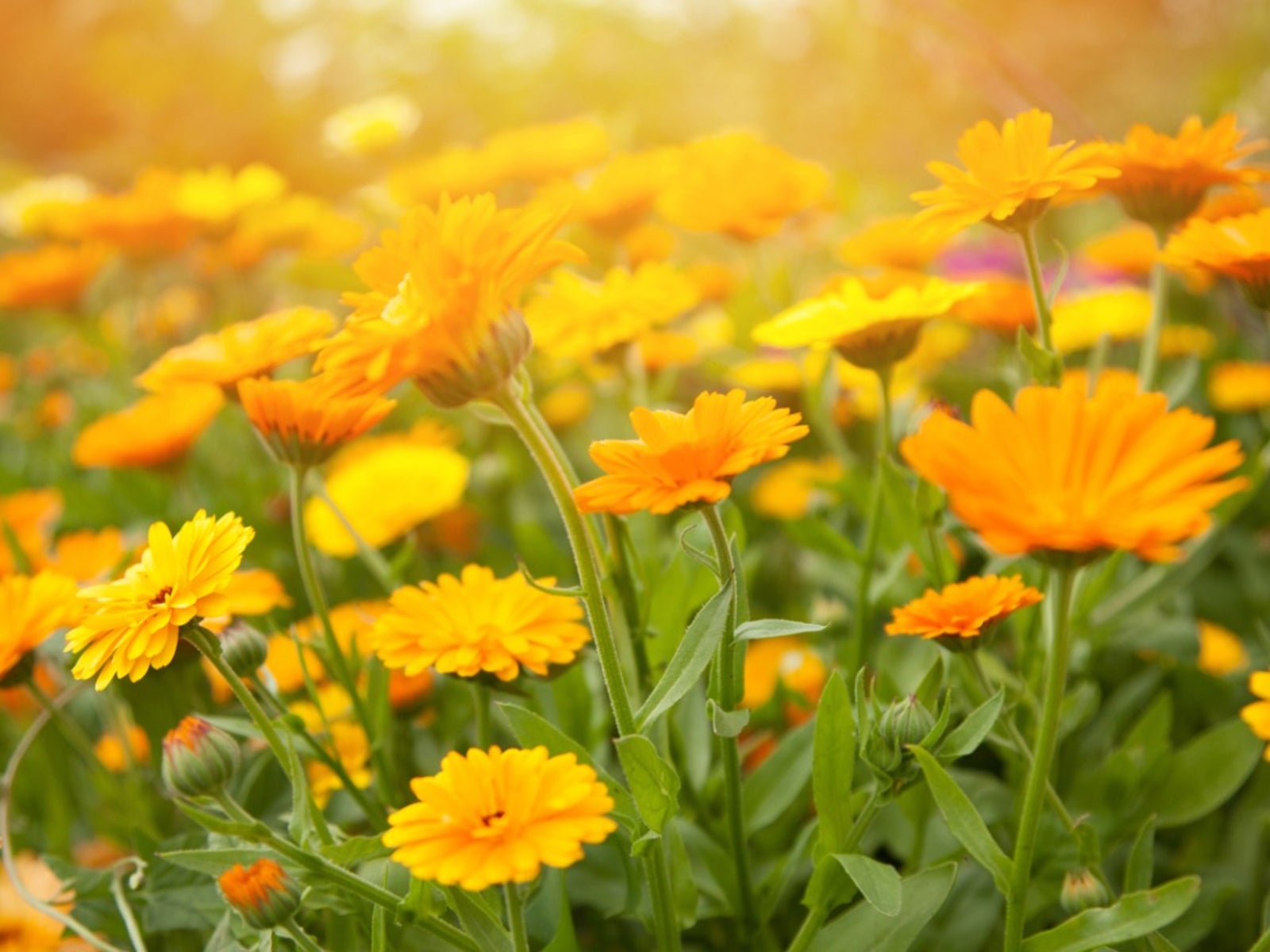 Common Diseases Of Calendula – How To Treat Sick Calendula Plants
Common Diseases Of Calendula – How To Treat Sick Calendula PlantsUseful to treat a variety of medical ailments calendula may be, but that doesn’t mean calendula doesn’t get its own share of plant diseases. Click this article to learn about diseases of calendula and managing diseased calendula plants.
By Amy Grant
-
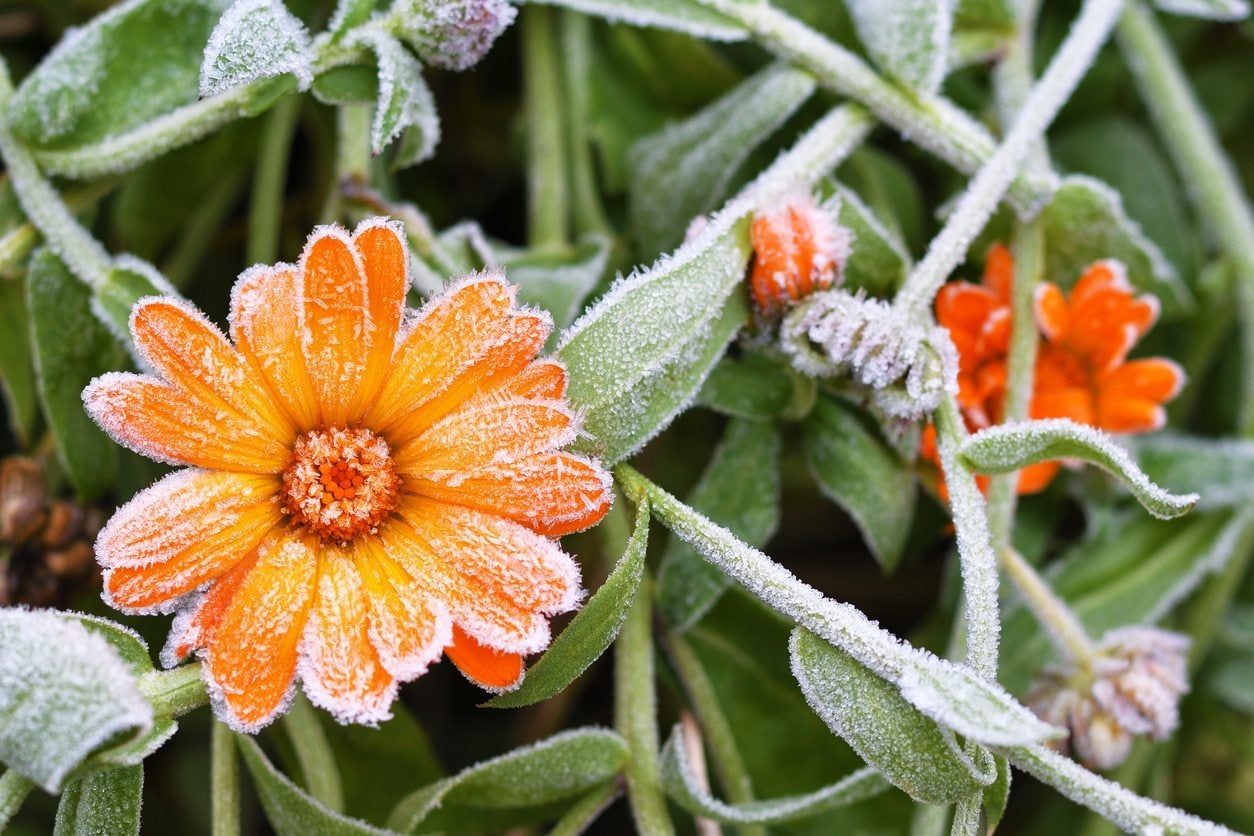 Calendula Winter Care – How To Keep Calendula Over Winter
Calendula Winter Care – How To Keep Calendula Over WinterAlthough some varieties are short-lived perennials in zones 8-10, most gardeners grow calendula as annuals. Calendula winter care isn't necessary when they are grown as annuals, but this article will discuss what to do with calendulas in winter.
By Darcy Larum
-
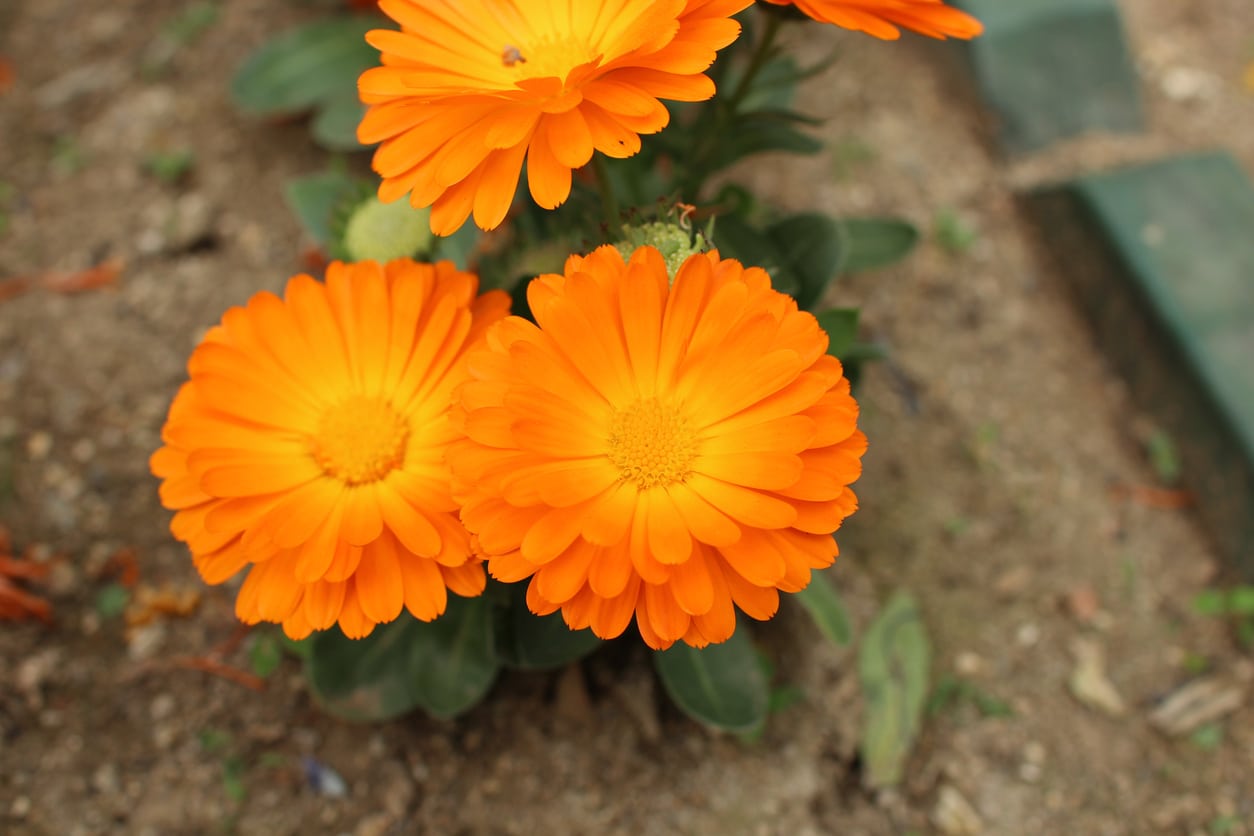 Common Calendula Problems – Learn About Calendula Pests And Diseases
Common Calendula Problems – Learn About Calendula Pests And DiseasesThere are 15 species in the calendula genus, each easy to grow and fairly problem free. That said, even low maintenance calendula has problems and does have its share of pests and diseases. The following article contains information to help with this.
By Amy Grant
-
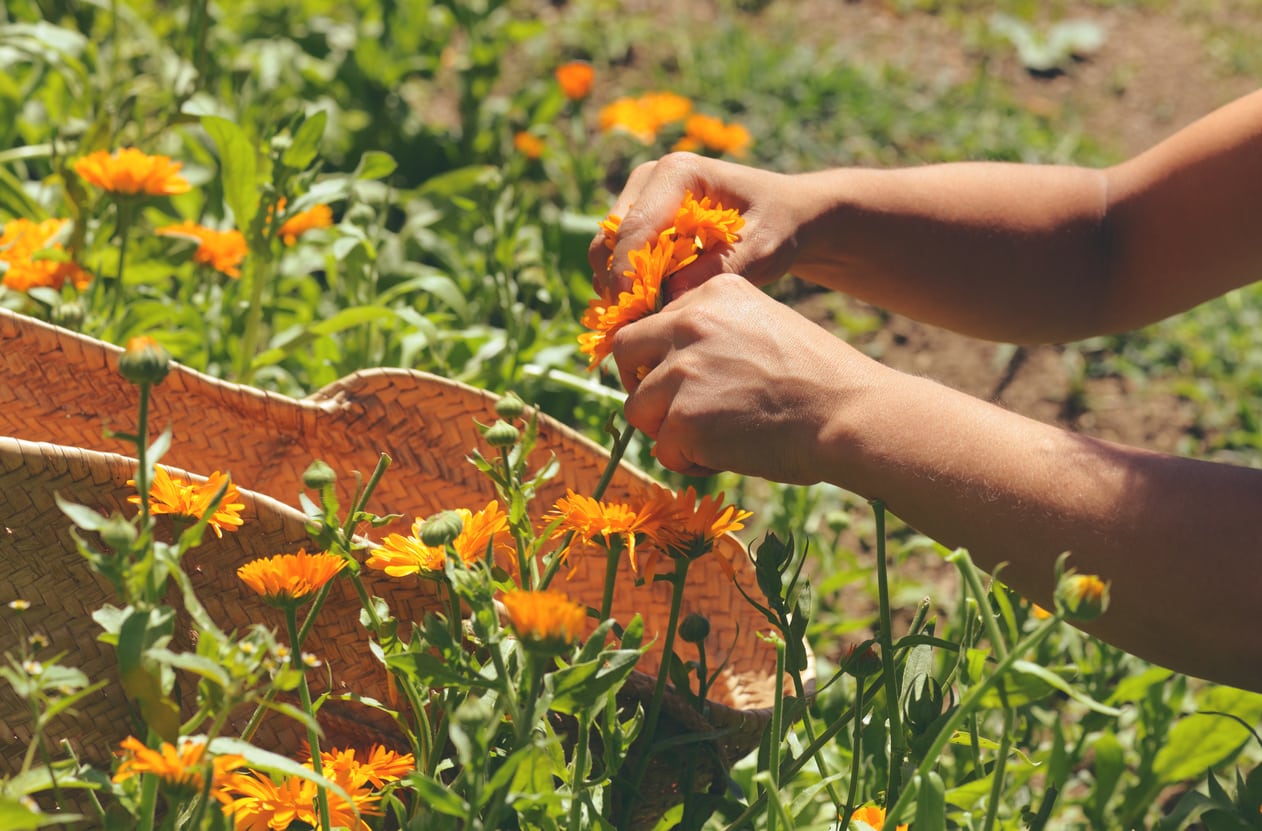 Guide To Calendula Deadheading – Removing Spent Calendula Flowers
Guide To Calendula Deadheading – Removing Spent Calendula FlowersWhile calendula deadheading isn't necessary, the process can improve the appearance of plants and make way for new buds to receive the sun's kiss. Some tips on how to deadhead a calendula will have your plant in season-long production. Learn more here.
By Bonnie L. Grant
-
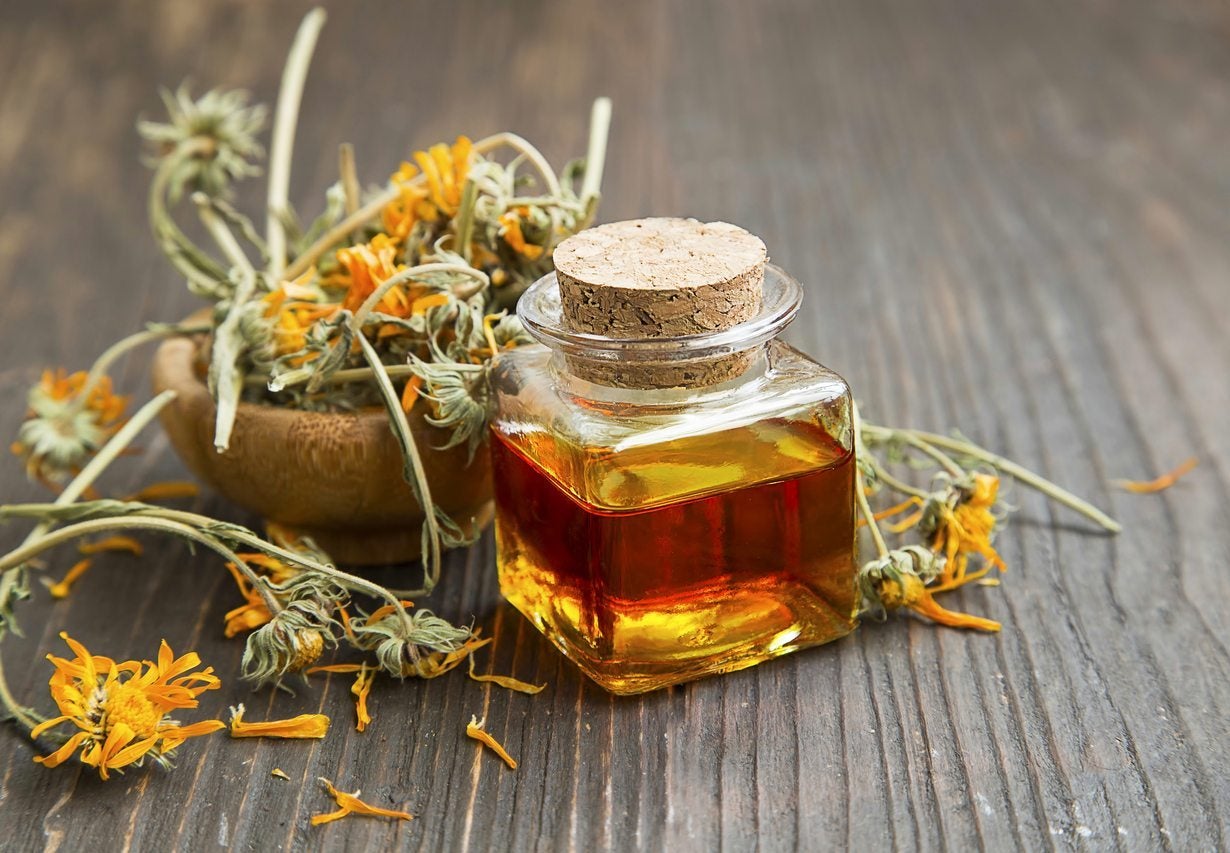 Calendula Oil Uses: Learn How To Make Calendula Oil
Calendula Oil Uses: Learn How To Make Calendula OilCalendula is certainly an important herb to have on hand. One of the simplest ways to take advantage of calendula's healing properties is by making calendula oil. Click on this article to learn how to make calendula oil for health and beauty.
By Darcy Larum
-
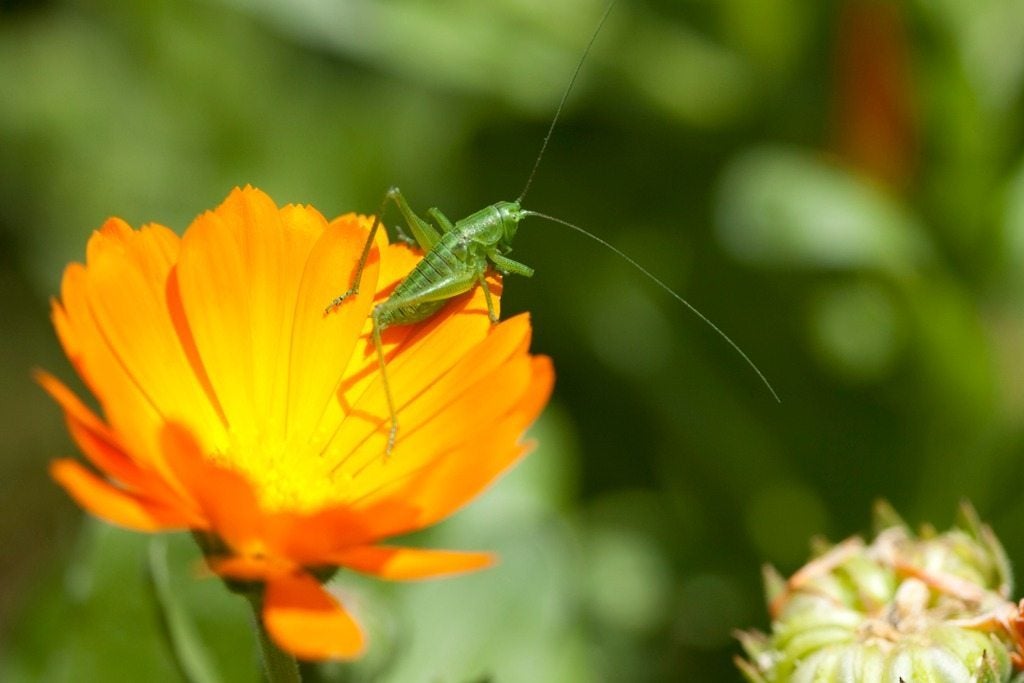 Bugs That Eat Calendula – Does Calendula Attract Pests To The Garden
Bugs That Eat Calendula – Does Calendula Attract Pests To The GardenWhile calendula grows like crazy with little effort on your part, the plants attract a number of good bugs, and are also susceptible to attack by certain harmful calendula pests. Click this article to learn more about the good, the bad and the ugly.
By Mary H. Dyer
-
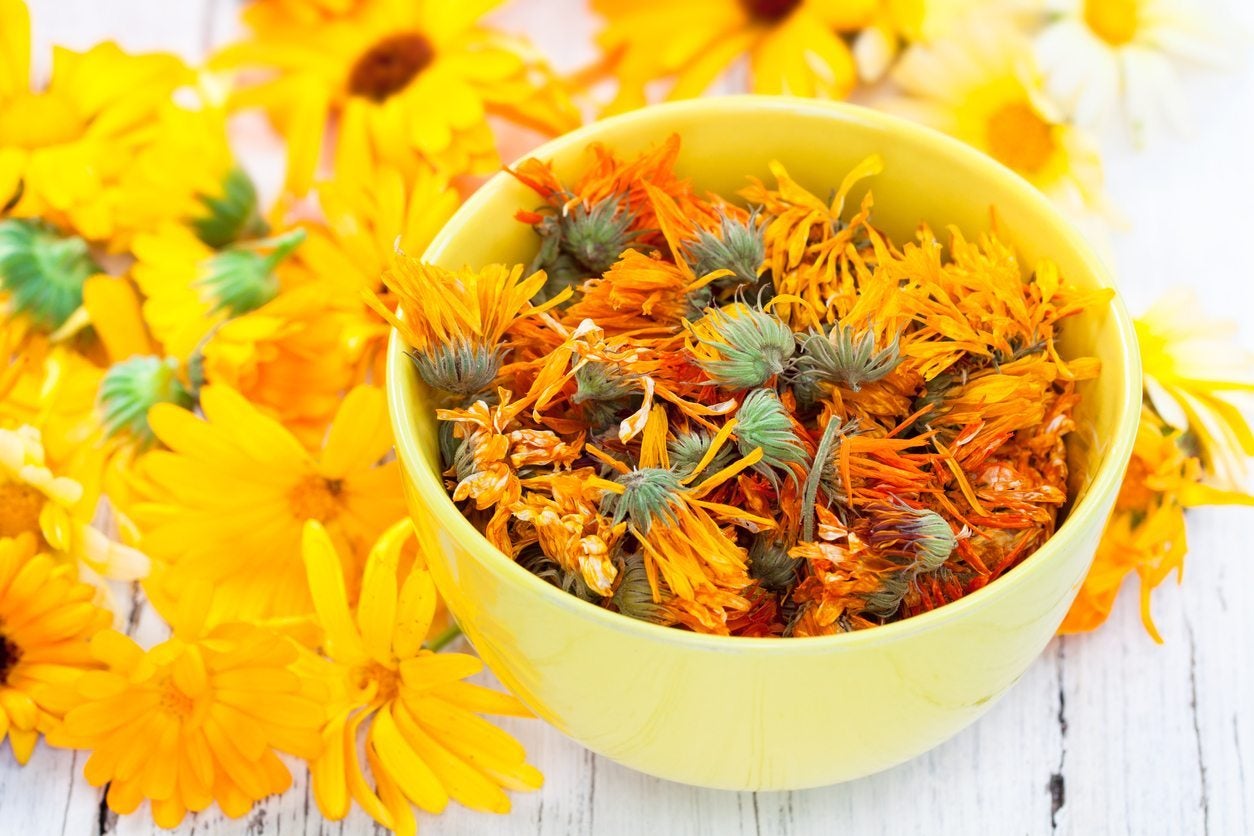 Common Calendula Uses: What To Do With Calendula Flowers
Common Calendula Uses: What To Do With Calendula FlowersNative to the Mediterranean, calendula is a plant that has been used medicinally for centuries. It's a pretty plant to grow in the garden, but there are also a lot of calendula uses that you could try. Learn more about what to do with calendula plants in this article.
By Mary Ellen Ellis
-
 Types Of Calendula Flowers – Learn About Popular Calendula Cultivars And Species
Types Of Calendula Flowers – Learn About Popular Calendula Cultivars And SpeciesCalendulas are a cinch to grow and the bright colors add pizzazz to the garden from late spring to early fall. The hardest part of growing this prolific annual is choosing from more than 100 different types of calendula. Learn more in this article.
By Mary H. Dyer